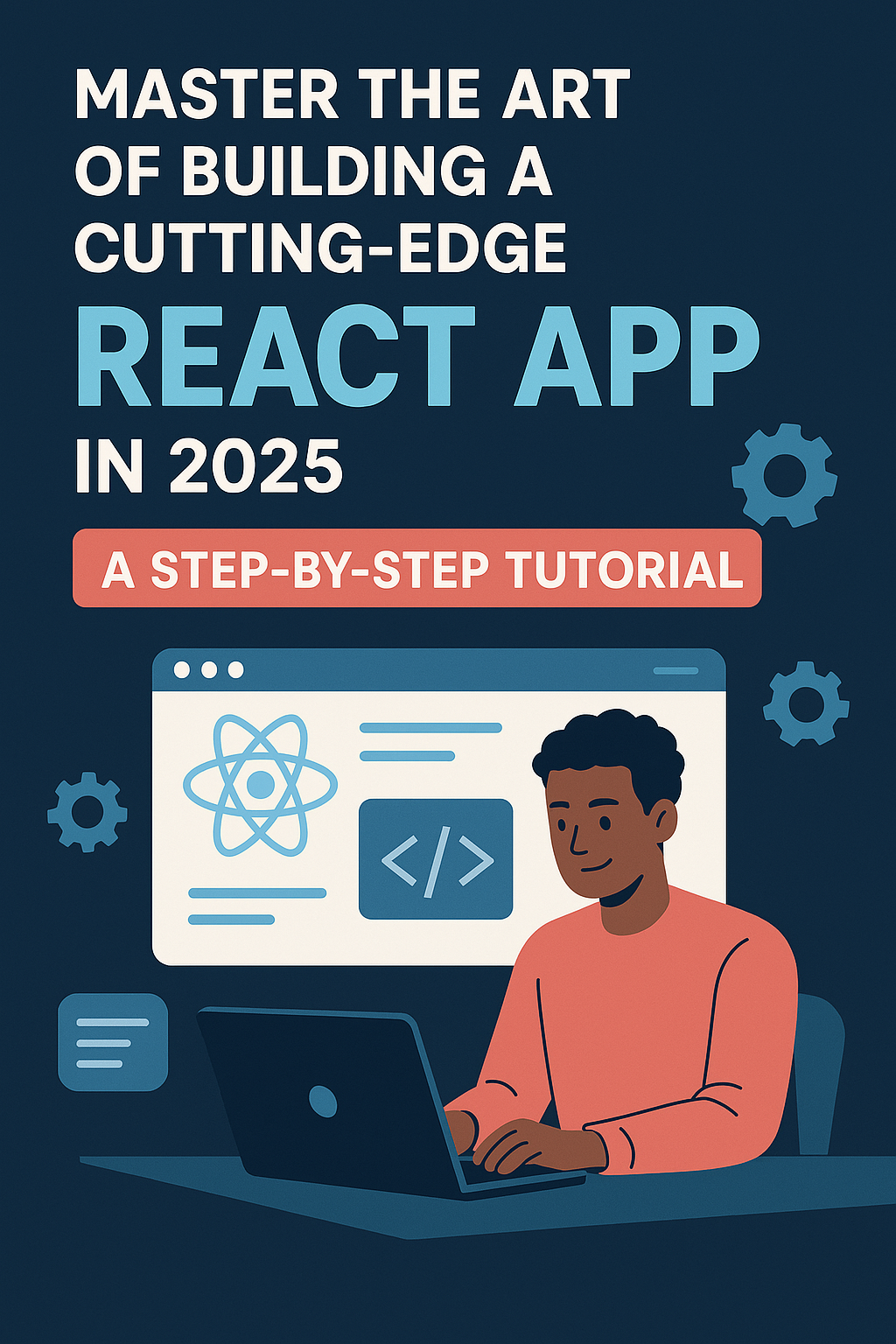In the fast-evolving world of deep learning, choosing the right framework can make or break your project. As of May 2025, TensorFlow and PyTorch remain the two most prominent contenders in this space, each with its own strengths, quirks, and loyal user base. Whether you’re a researcher prototyping a new model or an engineer deploying a production-grade application, understanding the differences between these frameworks is crucial. This 1200-word blog post dives deep into TensorFlow and PyTorch, comparing their origins, ease of use, performance, deployment capabilities, community support, and real-world applications to help you decide which framework suits your needs best.
Origins and Evolution
TensorFlow, launched by Google in 2015, emerged from the Google Brain team’s efforts to create a scalable, production-ready deep learning framework. Built on the foundation of Google’s earlier DistBelief system, TensorFlow was designed to handle large-scale machine learning tasks across diverse platforms, from CPUs and GPUs to TPUs and mobile devices. Its initial release introduced a static computation graph model, which, while powerful for optimization, posed challenges for flexibility. Over the years, TensorFlow has evolved significantly—TensorFlow 2.0, released in 2019, introduced Eager Execution to bring more dynamism, addressing user feedback about its steep learning curve and rigid structure.
PyTorch, on the other hand, entered the scene in 2016, developed by Meta AI (formerly Facebook AI Research). Built on the Torch library, PyTorch was crafted to prioritize simplicity and flexibility, offering a dynamic computation graph model from the start. This “define-by-run” approach made it an instant hit among researchers who needed to experiment rapidly. PyTorch 2.0, released in 2023, further enhanced its performance with features like the TorchScript compiler, aiming to close the gap with TensorFlow in production environments. Today, PyTorch is governed by the Linux Foundation, reflecting its growing influence in the open-source community.
Ease of Use and Learning Curve
One of the most significant differences between TensorFlow and PyTorch lies in their approach to usability. PyTorch is often praised for its “Pythonic” nature, meaning its syntax and workflows align closely with standard Python programming practices. This makes PyTorch intuitive for Python developers, especially beginners. Its dynamic computation graph allows users to modify models on the fly, which is ideal for experimentation. For example, when debugging, you can use standard Python tools like pdb or even insert print statements directly into your code, making the development process feel seamless.
TensorFlow, historically, has been viewed as more complex. Its original static graph approach required users to define the entire computation graph before execution, which could feel cumbersome for rapid prototyping. While TensorFlow 2.0’s Eager Execution mode has made it more user-friendly by enabling dynamic computation, it still retains a reputation for having a steeper learning curve. However, TensorFlow compensates with high-level APIs like Keras, which simplify model building for beginners. For instance, Keras allows you to construct a neural network with just a few lines of code, abstracting away much of TensorFlow’s underlying complexity.
For a beginner, PyTorch is generally the easier framework to start with due to its straightforward syntax and flexibility. However, TensorFlow’s extensive documentation and tutorials—backed by Google’s resources—can make it a viable option for those willing to invest time in learning.
Performance and Scalability
When it comes to performance, both frameworks have their strengths, but the choice often depends on the use case. TensorFlow has long been optimized for large-scale, production-grade applications. Its static graph model (still available as an option) allows for aggressive optimizations, such as graph pruning and kernel fusion, which can lead to faster execution times on large datasets. TensorFlow’s support for distributed training across multiple GPUs or TPUs makes it a go-to choice for enterprises handling massive workloads, such as Google’s own search engine or Uber’s forecasting algorithms.
PyTorch, while traditionally slower in production settings, has made significant strides with PyTorch 2.0. The introduction of the TorchScript compiler allows for better optimization and deployment, narrowing the performance gap with TensorFlow. PyTorch also excels in data parallelism, leveraging Python’s native support for asynchronous execution to distribute workloads across GPUs efficiently. However, benchmarks still show TensorFlow outperforming PyTorch in terms of raw computation speed and memory efficiency for large-scale tasks, though the difference is less pronounced than it was a few years ago.
For smaller projects or research tasks, PyTorch’s performance is often sufficient, and its ease of use can outweigh any marginal speed differences. But for high-performance, large-scale applications, TensorFlow remains the stronger contender.
Deployment Capabilities
Deployment is where TensorFlow has historically held a clear edge. TensorFlow Serving provides a robust, high-performance system for deploying models in production environments. It supports flexible deployment options, including REST APIs, and integrates seamlessly with platforms like Google Cloud. TensorFlow Lite further extends its reach, enabling model deployment on mobile and edge devices—a critical feature for applications like real-time image recognition on smartphones. This mature ecosystem makes TensorFlow a favorite for companies prioritizing scalability and production readiness.
PyTorch has been playing catch-up in this area but has made notable progress. TorchServe, introduced in 2020, offers a scalable solution for deploying PyTorch models, supporting both REST and gRPC APIs. While TorchServe is not as mature as TensorFlow Serving, it provides a faster and more reliable method for REST-based communication, according to some quantitative comparisons. PyTorch Mobile, the equivalent to TensorFlow Lite, is still in its beta stage as of 2025, making it less reliable for embedded device deployment. For now, many developers convert PyTorch models to TensorFlow via ONNX to leverage TensorFlow Lite, though PyTorch Mobile shows promise for the future.
If your project requires immediate, robust deployment—especially on mobile or edge devices—TensorFlow is the safer bet. However, for projects where deployment needs are less stringent, PyTorch’s improving tools may suffice.
Community Support and Ecosystem
Both frameworks benefit from large, active communities, but their ecosystems cater to different audiences. TensorFlow, backed by Google, has a more extensive user base, with 14.5% of developers using it compared to PyTorch’s 9%, according to recent surveys. TensorFlow Hub offers a repository of pre-trained models like BERT, which can be fine-tuned with minimal effort. TensorBoard, TensorFlow’s visualization tool, provides powerful debugging and training visualization capabilities, making it easier to monitor model performance.
PyTorch’s community, while smaller, is growing rapidly, particularly among researchers. Its integration with libraries like NumPy, SciPy, and Hugging Face Transformers makes it a favorite for academic projects. PyTorch Lightning, often called the “Keras of PyTorch,” simplifies model engineering, while Visdom offers lightweight visualization (though it lacks TensorBoard’s interactivity). Since 2020, PyTorch has also integrated TensorBoard, closing the gap in visualization capabilities.
For enterprise users, TensorFlow’s larger community and mature ecosystem provide more resources and stability. Researchers, however, may prefer PyTorch’s vibrant, research-focused community and its compatibility with Python’s data science stack.
Real-World Applications
TensorFlow and PyTorch power some of the most impactful AI applications today. TensorFlow is widely used in industry settings—Google leverages it for search and translation, Uber for forecasting, and OpenAI for models like GPT-3. Its scalability and deployment options make it ideal for production environments where reliability and performance are non-negotiable.
PyTorch, meanwhile, dominates in research and prototyping. OpenAI’s ChatGPT and Tesla’s Autopilot rely on PyTorch for its flexibility in developing cutting-edge models. Academic institutions and AI startups also favor PyTorch for its ease of experimentation, particularly in fields like generative adversarial networks and reinforcement learning.
Which Framework Should You Choose?
The choice between TensorFlow and PyTorch ultimately depends on your project goals and expertise. If you’re a researcher or developer focused on rapid prototyping and experimentation, PyTorch’s flexibility, ease of use, and Pythonic nature make it the better option. Its dynamic computation graph and strong community support for research make it ideal for iterating on novel ideas.
For production-grade applications, especially those requiring scalability, distributed training, or mobile deployment, TensorFlow is the stronger choice. Its mature ecosystem, high-performance optimizations, and robust deployment tools ensure reliability at scale, even if it comes with a steeper learning curve.
In 2025, the gap between TensorFlow and PyTorch has narrowed significantly, with both frameworks adopting features from each other—TensorFlow’s Eager Execution and PyTorch’s TorchServe are prime examples. As a result, the decision often comes down to personal preference and project requirements rather than a clear “winner.” If you’re starting fresh, consider experimenting with both to see which aligns better with your workflow. After all, the best framework is the one that helps you achieve your goals most effectively.



